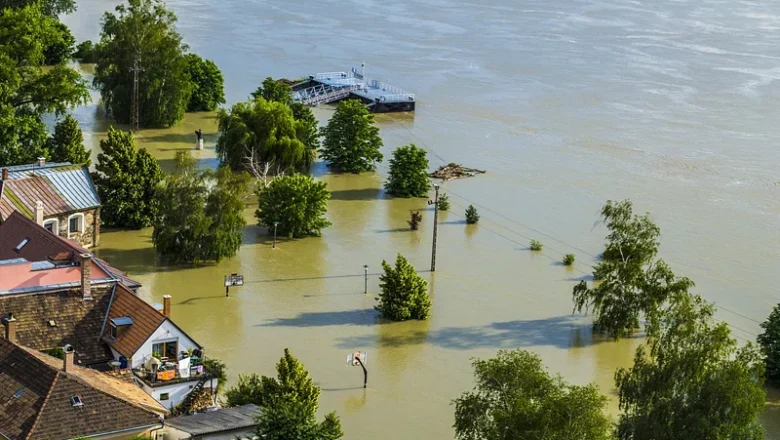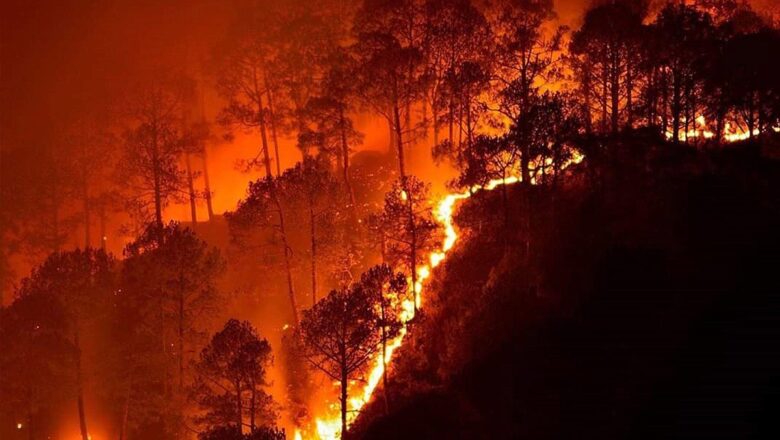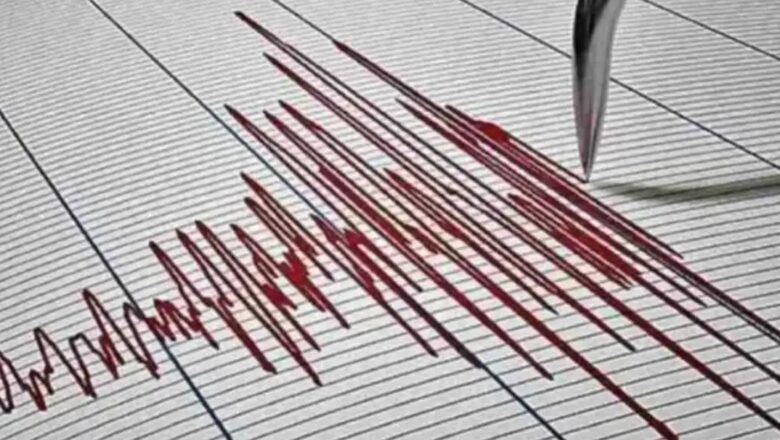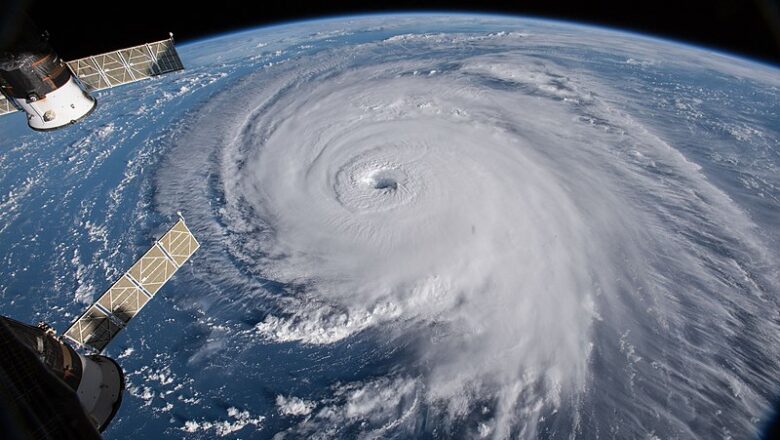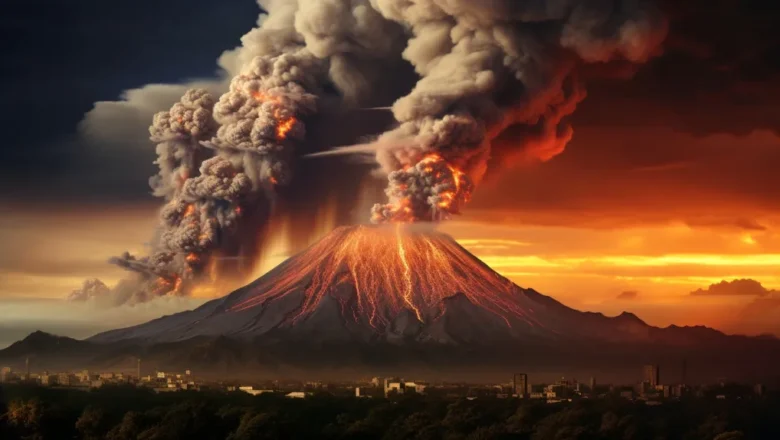
Fiery Skies Over Sicily: Mount Etna Spews Ash and Lava in Spectacular Eruption
Sicily skyline turned into a dramatic display of fire and smoke early Monday morning as Mount Etna, Europe’s most active volcano, erupted with force, sending a towering cloud of ash and molten fragments into the atmosphere. The eruption which began with a sudden burst of pressure within the mountain’s crater, created a plume that stretched several kilometres into the sky and could be seen for miles.
Despite the eruption’s intensity and visual spectacle, authorities reported no injuries or damage. Air travel to and from the island experienced minimal disruption, and local monitoring agencies confirmed that the volcanic activity had subsided by evening. While residents and tourists marveled at the scene, scientists observed the event with a mix of familiarity and caution.
Understanding...

